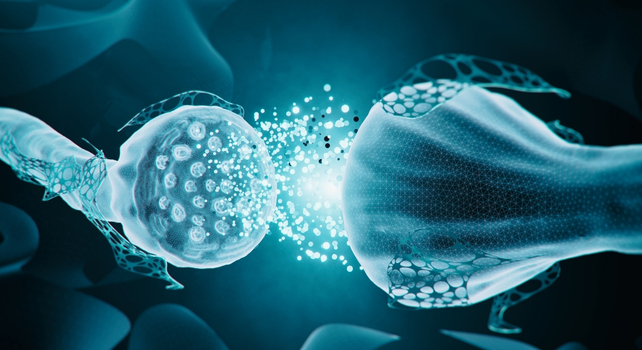The early stages of Alzheimer's disease often involve an insidious decline in short-term memory, along with mounting challenges such as mood swings, disorientation, and difficulty concentrating.
As the disease progresses, these effects can weigh heavily on patients as well as loved ones. In some cases, family and friends may begin noticing signs of one especially cruel symptom: the loss of social memory, which robs patients of their ability to recognize familiar people.
A new study on mice by scientists from the University of Virginia School of Medicine and Virginia Tech has found that disruptions in specialized structures that support junctions between neurons may play a critical role in this gradual loss of memory.
Related: Alzheimer's Breakthrough: Lithium Reverses Memory Loss in Mice
"Finding a structural change that explains a specific memory loss in Alzheimer's is very exciting," says University of Virginia neuroscientist Harald Sontheimer. "It is a completely new target, and we already have suitable drug candidates in hand."
In healthy adults, structures called perineuronal nets form a mesh-like matrix around neurons in certain brain regions, where they regulate neural plasticity, protect against oxidative stress, and stabilize the synaptic contacts that link neurons together.

These stabilizing nets enable proper communication among neurons, as Sontheimer and others found in previous research, and that communication is important for the neurons' ability to record and store memories.
Suspecting failure of these nets might play a role in the progression of Alzheimer's, the authors designed the new study to investigate this idea in mice.
When perineuronal nets deteriorated in part of the hippocampus known as CA2, mice lost their ability to remember other mice, despite retaining the ability to form new memories about objects in their environment.
While studies in mice don't always translate to humans, the results resemble common experiences of people with Alzheimer's, in which social memory often fades before object memory. Previous research suggests CA2 is essential for social memory.
"In Alzheimer's disease, people have trouble remembering their family and friends due to the loss of a memory known as social memory. We found that the net-like coating known as perineuronal nets protects these social memories," says lead author Lata Chaunsali, a graduate student in neuroscience at UVA.
Beyond revealing a potential mechanism, the authors also tested whether they could prevent the loss of social memories in mice by disrupting it.
They used matrix metalloproteinase (MMP) inhibitors, which are also being studied as potential cancer drugs. These block the activity of MMPs, enzymes that can dissolve extracellular matrix proteins like those in perineuronal nets.
If MMP inhibitors can preserve those nets, researchers hoped the compounds might also protect social memory. Their experiments with a mouse model of Alzheimer's seem to validate that hope.
Mice that received MMP inhibitors suffered less degradation of their perineuronal nets, the study found, and retained more social memory function despite having Alzheimer's.
"In our research with mice, when we kept these brain structures safe early in life, the mice suffering from this disease were better at remembering their social interactions," Chaunsali says.
"Our research will help us get closer to finding a new, non-traditional way to treat or, better yet, prevent Alzheimer's disease, something that is much needed today," she adds.
An estimated 55 million people now live with dementia, with Alzheimer's making up more than 60 percent of cases. As populations continue to age, these figures are expected to grow, potentially passing 80 million next decade.
The new findings are promising, researchers say, but preliminary. More research will be needed to corroborate these results and explore their applicability for our species.
"Although we have drugs that can delay the loss of perineuronal nets, and thereby delay memory loss in disease, more research needs to be done regarding safety and effectiveness of our approach before this can be considered in humans," Sontheimer says.
The study was published in Alzheimer's & Dementia: The Journal of the Alzheimer's Association.

